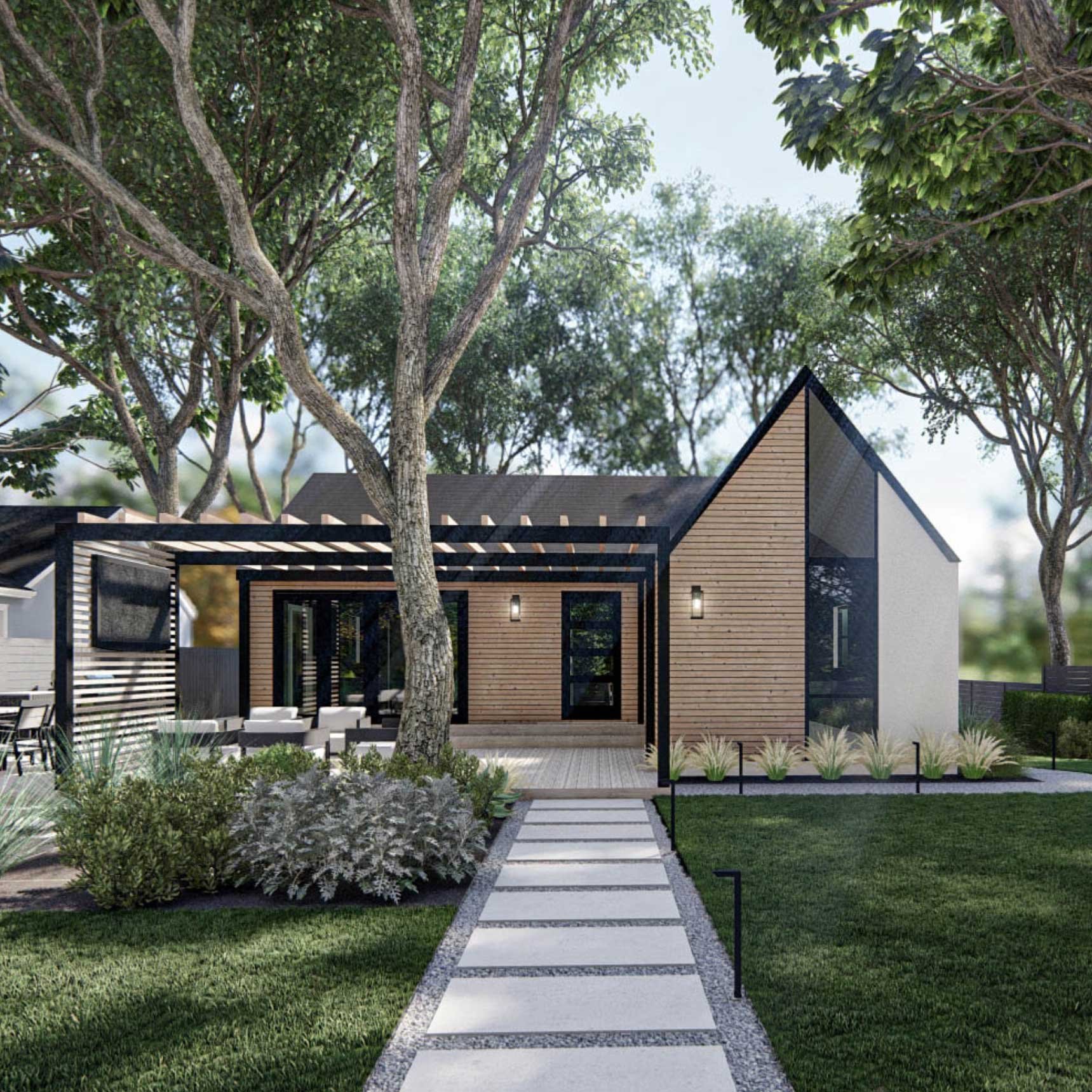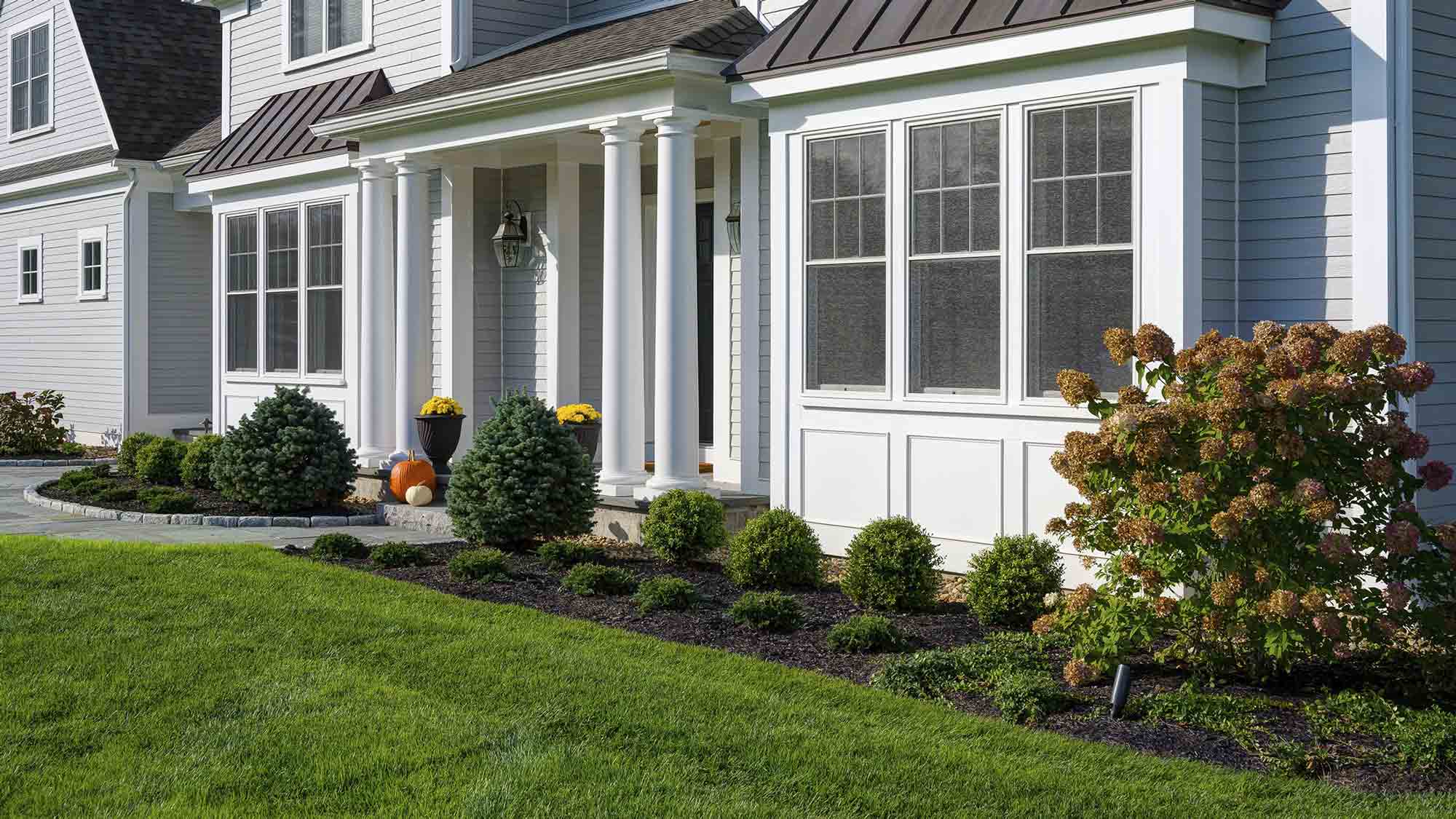Landscapers - Questions
Table of ContentsWhat Does Landscapers Do?Not known Incorrect Statements About Landscapers The Greatest Guide To LandscapersSome Known Details About Landscapers Landscapers - Questions
- A tree or bush (bush) that loses its leaves in wintertime. In the PNW there are semi-deciduous or semi-evergreen plants that may lose their fallen leaves depending on just how chilly the winter months is. Abelia and some hebe are fine examples. Landscapers. - A level gathering space, constructed from wood or composite material (made to look like timber), usually surrounding or affixed to a framework.

- Granite that is weathered to the factor that it is a really great aggregate. This is a natural process, and the outcome can be utilized for paths and patios. Decayed granite is frequently referred to as DG. It is specifically valuable in modern landscapes. - Secret landscape attributes being recommended in a landscape design plan.
Landscapers - The Facts
These objectives guide the design process, not the developer's design or choices. Common design objectives in Portland are reduced maintenance, dry spell forgiving, and pet friendly.
Over time this layer can get very thick and make it challenging for water, sunlight, and nutrients to obtain to portions of the grass.- The process of collecting and regulating the flow of water on a home. This can be done with grading, French drains, dry wells, permeable surfaces, sump pump, rainfall yards, and more.
Residence at the end of hills, with natural springs, or filled with heavy clay have one of the most drainage troubles.- A slow-moving feeding irrigation system that uses versatile tubing and emitters to send an accurate amount of water to each plant. This is the most efficient method of irrigating plants. - The ability of a plant to survive without much summer water.
- A yard attribute where water is represented by an accumulated stone item, generally a gravel or granite.- A stone or natural flagstone outdoor patio, path, or sidewalk developed without a concrete base.
Some Known Factual Statements About Landscapers
- A rock retaining or totally free standing wall surface built without using mortar. A highly knowledgeable mason is needed for a completely dry stack rock wall. Many walls in Portland are moist piled, also if they seem. - A below ground structure that gather water and permits it to slow percolate into the dirt around it.
Landscape layout that works with a sites' atmosphere in both appearance and sustainability without unfavorable effects to the environment. Interrupting the landscape is a line of demarcation that creates visual passion in the yard by dividing one sector from one more sector. This can be visual or useful, maintaining one aspect (such as pea gravel) from getting combined into another (like bark dirt).
Areas can also sense of "room" provided by trees, various other plantings, fencings, or screens. The landscape near the access to a structure. A tree, hedge or vine, educated to grow on a wall surface or fencing into a particular pattern. Especially valuable for fruit trees, making it very easy to gather the fruit and including find more info mess.
A plant i was reading this that is not indigenous to the location where it will certainly be planted. Not all "exotics" are invasive or hazardous, and many can be well acted or dry spell forgiving (Landscapers). A mass growing of ferns. Thicker bladed lawn yard that spread via rhizomes.: The level of dirt on your home before bark dirt or garden compost is spread out.
The Facts About Landscapers Revealed
:max_bytes(150000):strip_icc()/GettyImages-154046398-c39f1daf45a84601b328d78ed8630660.jpg)
The function, reason, or activity that an area is be landscaped for. Stairs function, for instance, to allow foot traffic backwards and forwards a slope. Space for growing plants for viewing, consuming, or exercise. A roofed structure made use of over an outside event space. The sprouting of a seed, perhaps describing a yard that their website is being expanded from seed.
Low plants that are permitted or motivated to spread out over an area. Can refer to any kind of "tough" yard elements including statuary or rocks but the majority of generally is used to refer to paths, patios, and walls.: Height distinction between the level of water in a fish pond (or the degree of the pump if it sits outside the fish pond) and the upper electrical outlet of water which affects efficiency of the water pump in gph (gallons per hour).

The smart Trick of Landscapers That Nobody is Talking About
An even more loosened up garden controlled by bent as opposed to straight bed lines and a less rigid structure. Conventional PNW landscapes are casual. A plant that spreads more than preferred, or into environments where it does damage. Portland has a listing of invasive plants that need to not be mounted in landscapes due to the fact that they can infect woodlands or rivers and be hard to regulate.
Can include head placements and coverage, pipeline sizing, GPM specifications, and materials needed to mount this system. Accredited specialist who designs landscapes, educated in design and design as well as in horticulture.
The expert who plans and develops landscape tasks, normally at a property or small commercial level with the significant design incentive on plantings. Landscape developers usually have much less education than Landscape Architects and are not licensed. A finished landscape layout, outlining all elements for the brand-new landscape. This usually takes the form of an illustration theoretically.
A water limited HDPE material utilized below ponds, streams and waterfalls in water functions. Utilizing lots of growings of the same selection to fill up in an area in the landscape.